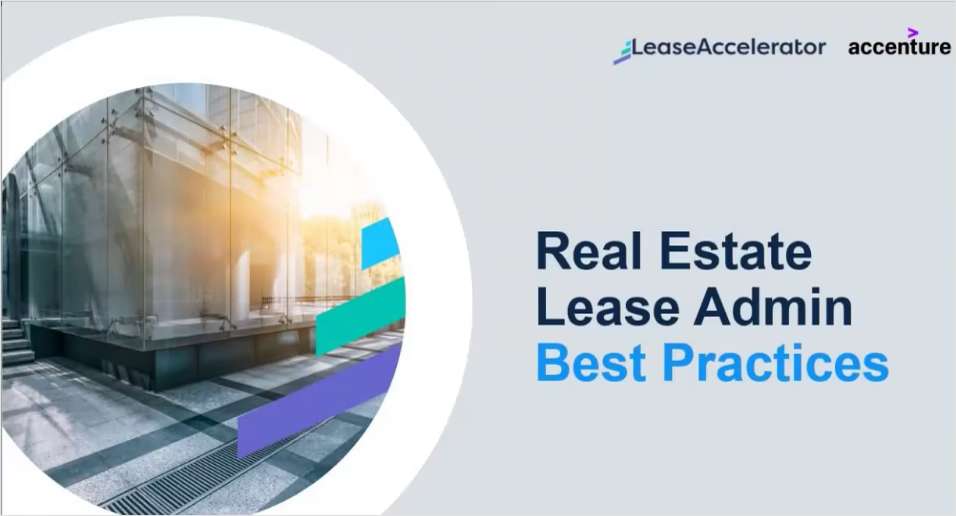HOUSTON—Without a doubt, Houston's economy and, by extension, its commercial real estate industry, has taken a blow from the plunge in the price of oil.
Somewhat surprisingly — if, that is, you are not from this area or another oil-dependent state like neighboring Louisiana — the CRE community is fairly sanguine about what is happening. Oil-led recessions have happened before and they will happen again, as panelist after panelist at the RealShare Houston event, held Tuesday morning at the Westin Galleria, pointed out.
To be sure, there is some pain: a yet-to-be-determined shadow office inventory; a heavier-than-preferred multifamily supply coming line. Certainly, financing has become scarcer — although in the case of CMBS it is difficult to say whether that is part of the general slowdown or specific to Houston.
But the bottom line for this community is that a recovery will come and when it does it will be ready. For now, though, the mission is to survive.
Which, as panelists explained, is part of their DNA. “We've all lived through this before,” said Sandy Benak, marketing manager with Granite Properties. “This is a time when you retool and get creative,” added Marc Flores, vice president with KDC.
And indeed, Houston in its current state is hardly a lost cause. There are segments and sectors of the economy that are still doing quite well, Welcome Wilson, chairman of the GSL Welcome Group said.
Some facts to consider about Houston, the panelists said over the course of the half-day event:
- The current level of unemployment in Houston is 4.7% as of February 2016, which is less than the US average of 5.2%.
- The downturn was sudden. This was a good thing because it turned off the supply pipeline spigot abruptly, Lou Cushman, Vice Chairman of Cushman & Wakefield. If the drop in the price of oil had been more gradual, there could have been hundreds of thousands of square feet of office space already underway in the pipeline. And that would have made the crunch that much worse.
- Not only are there healthy subsectors but some are positioning the area for significant future growth, such as the medical and life sciences sector. The Texas Medical Center is a major hub for that activity, according to Kevin Roberts, president, Southwest of Transwestern. There is 5.5 million square feet of lab space that is expected to come to market over the next several years, he said during one panel session. “Within ten years this is going to be Houston's biggest growth sector.”
All That Excess Product
None of this is to sugar coat the issues the CRE community here is facing. In the long run “Houston is a great market, an excellent one,” Laurie Baker, SVP of Fund and Asset Management with Camden. In the short run, well, there are about 21,000 multifamily units coming to the market in the coming year and it is difficult to say whether they will all be absorbed. “We'll weather through it,” Baker said. “But it is going to be a tough year.”
That story will be writ especially large in the office sector — specifically in the Energy Corridor submarket — where it is hard to even guess how much shadow space is waiting to enter the pipeline. The problem is that accounting regulations require companies to account for their subleased space immediately, which is not something cash-constrained companies particularly want to do right now. So they wait for the right opportunity, Cushman said, and then … voila! Subleased office space is now available!
“I can't tell you how many clients have come to me and said they want to sublease their empty office space but can't because of the accounting,” Cushman said. But they let him know that if the right opportunity came along they could make the space available, he explained.
Pockets of Distress
“There are pockets of distress in Houston even if people don't want to acknowledge it,” Michael Dopler, Vice President of Acquisitions for AEW Capital Management said.
“There will be companies that will be forced to trade their properties eventually.” Even now, the pain is showing here and there, he said. “If you are a tenant looking for space in the energy corridor there are 220 possibilities that are available to you.”
HOUSTON—Without a doubt, Houston's economy and, by extension, its commercial real estate industry, has taken a blow from the plunge in the price of oil.
Somewhat surprisingly — if, that is, you are not from this area or another oil-dependent state like neighboring Louisiana — the CRE community is fairly sanguine about what is happening. Oil-led recessions have happened before and they will happen again, as panelist after panelist at the RealShare Houston event, held Tuesday morning at the Westin Galleria, pointed out.
To be sure, there is some pain: a yet-to-be-determined shadow office inventory; a heavier-than-preferred multifamily supply coming line. Certainly, financing has become scarcer — although in the case of CMBS it is difficult to say whether that is part of the general slowdown or specific to Houston.
But the bottom line for this community is that a recovery will come and when it does it will be ready. For now, though, the mission is to survive.
Which, as panelists explained, is part of their DNA. “We've all lived through this before,” said Sandy Benak, marketing manager with Granite Properties. “This is a time when you retool and get creative,” added Marc Flores, vice president with KDC.
And indeed, Houston in its current state is hardly a lost cause. There are segments and sectors of the economy that are still doing quite well, Welcome Wilson, chairman of the GSL Welcome Group said.
Some facts to consider about Houston, the panelists said over the course of the half-day event:
- The current level of unemployment in Houston is 4.7% as of February 2016, which is less than the US average of 5.2%.
- The downturn was sudden. This was a good thing because it turned off the supply pipeline spigot abruptly, Lou Cushman, Vice Chairman of Cushman & Wakefield. If the drop in the price of oil had been more gradual, there could have been hundreds of thousands of square feet of office space already underway in the pipeline. And that would have made the crunch that much worse.
- Not only are there healthy subsectors but some are positioning the area for significant future growth, such as the medical and life sciences sector. The Texas Medical Center is a major hub for that activity, according to Kevin Roberts, president, Southwest of Transwestern. There is 5.5 million square feet of lab space that is expected to come to market over the next several years, he said during one panel session. “Within ten years this is going to be Houston's biggest growth sector.”
All That Excess Product
None of this is to sugar coat the issues the CRE community here is facing. In the long run “Houston is a great market, an excellent one,” Laurie Baker, SVP of Fund and Asset Management with Camden. In the short run, well, there are about 21,000 multifamily units coming to the market in the coming year and it is difficult to say whether they will all be absorbed. “We'll weather through it,” Baker said. “But it is going to be a tough year.”
That story will be writ especially large in the office sector — specifically in the Energy Corridor submarket — where it is hard to even guess how much shadow space is waiting to enter the pipeline. The problem is that accounting regulations require companies to account for their subleased space immediately, which is not something cash-constrained companies particularly want to do right now. So they wait for the right opportunity, Cushman said, and then … voila! Subleased office space is now available!
“I can't tell you how many clients have come to me and said they want to sublease their empty office space but can't because of the accounting,” Cushman said. But they let him know that if the right opportunity came along they could make the space available, he explained.
Pockets of Distress
“There are pockets of distress in Houston even if people don't want to acknowledge it,” Michael Dopler, Vice President of Acquisitions for AEW Capital Management said.
“There will be companies that will be forced to trade their properties eventually.” Even now, the pain is showing here and there, he said. “If you are a tenant looking for space in the energy corridor there are 220 possibilities that are available to you.”
Want to continue reading?
Become a Free ALM Digital Reader.
Once you are an ALM Digital Member, you’ll receive:
- Breaking commercial real estate news and analysis, on-site and via our newsletters and custom alerts
- Educational webcasts, white papers, and ebooks from industry thought leaders
- Critical coverage of the property casualty insurance and financial advisory markets on our other ALM sites, PropertyCasualty360 and ThinkAdvisor
Already have an account? Sign In Now
*May exclude premium content© 2024 ALM Global, LLC, All Rights Reserved. Request academic re-use from www.copyright.com. All other uses, submit a request to [email protected]. For more information visit Asset & Logo Licensing.









